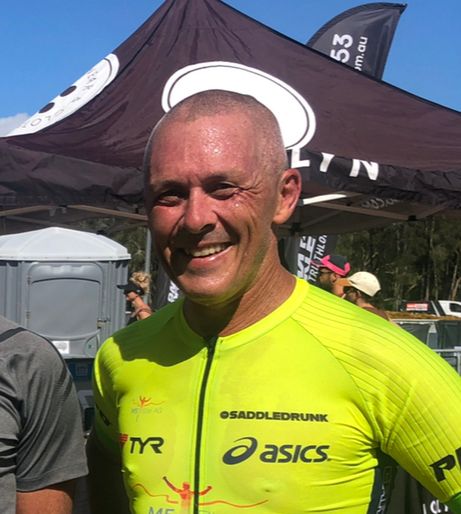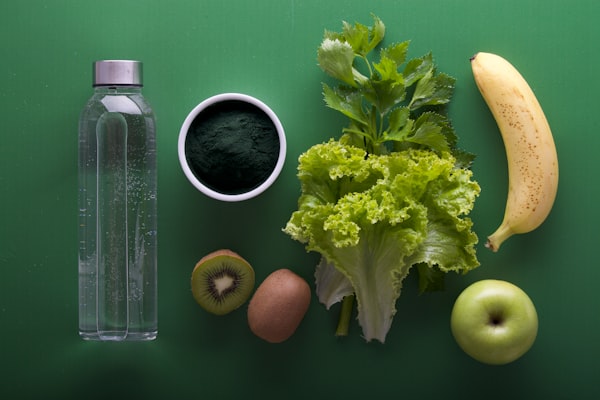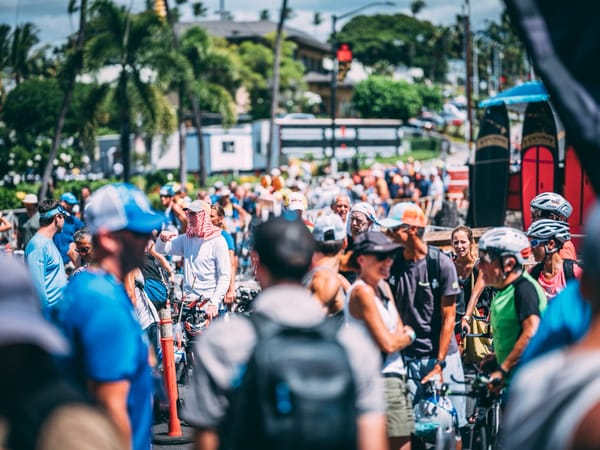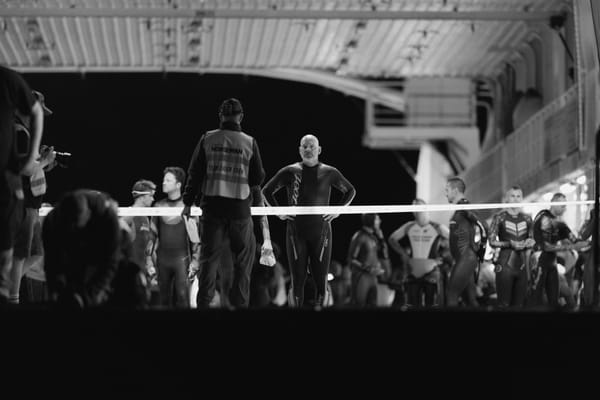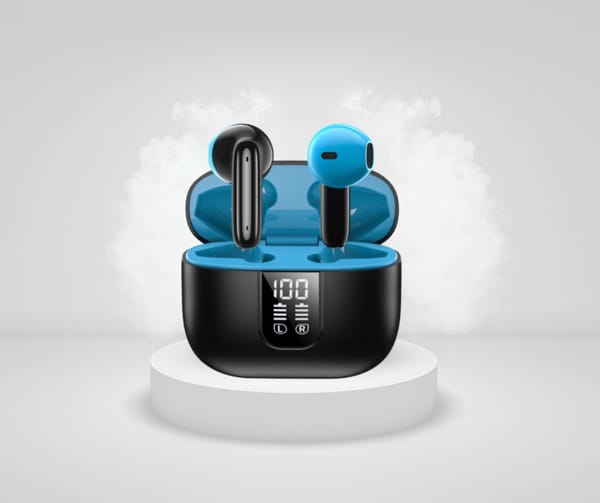Arguably the man and nutrition product of the moment is Darryl Griffiths from Shotz Sports Nutrition. One half of the team, along with wife Steph Griffiths, Darryl generally shuns marketing as he holds steadfast to the company’s policy of being 100% for the athlete and does not want to be seen as being a ‘marketing’ company like many other nutrition brands.
At Trizone we are lucky to regularly spend time with Darryl at major races and we get to hear a lot that the average sports person does not. We spent a week rooming with him at Kona last year when he was there to support, amongst many of his athletes, Pete Jacobs who went on to win the World Ironman Championship. We were once again together in Auckland where Chris Kemp won the Asia Pacific 70.3 title after a combination of things including hooking up with Darryl to sort out his ongoing nutrition issues that kept derailing his major races. Trizone had a small hand in this when we put Kempy and Shotz in touch after a catch up with Kempy where we talked about the couple of things that were standing between him and a major victory. Kempy’s coach Chris Hanrahan had nailed everything with these last two issues the icing on the cake.
Darryl is now also working with Leon Griffin, Clayton Fettell, James Hodge, Josh Rix, Josh Amberger, Jimmy Seear, Joey Lampe, Peter Kerr, Felicity Sheedy-Ryan and many others. Looking forward to watching their progress throughout this year.
Spend a week with Darryl and you come away with a complete new nutritional outlook on life. He does not drink coffee or alcohol, he does not have any refined sugars and eats the most incredibly healthy diet. He is a walking example of what he preaches. Walk around with Darryl at any major event and you would be amazed at the volume of people who constantly come up to him for last minute race nutrition advice and product.
We managed to sit him down long enough to get some valuable insights for everyone competing in Ironman Australia in under three weeks and Ironman Cairns in June.
By Darryl Griffiths, Shotz Sports Nutrition
Given the disparity between finishing times it is very difficult to provide a nutrition strategy that is going to suit everyone.
Without getting into too much detail these are the main things you need to consider when putting a nutrition plan together. Keep in mind that these are general rules and you should always take in to account your own personal situation.
The three most important ingredients are water, sodium and carbohydrate. I know there are some articles out there that don’t think sodium is very important. All I can say to this is avoid it at your own risk. My experience is that it is very important.
First and foremost is having an understanding of what your stomach can handle. Meaning how many calories and how much fluid is able of pass through the gut wall each hour during activity. The stomach, being a distensible organ, has its limits and it is these limits that will determine your nutrition plan.
When I plan nutrition strategies for professional triathletes these limits per hour are around 350 calories, around 1 litre of fluid and approximately 1000mg “1300mg of sodium. The calorie component will not change irrespective of the weather conditions. What will change is the volume of fluid and the amount of sodium. Remembering that 1 litre per hour is what would be suggested for hot/humid conditions. The volume of fluid would be reduced in cooler conditions.
What time are you planning to finish in?
This is the most important question to ask when setting a nutrition strategy. The answer will determine your calorie component, the volume of fluid and the rate of intake. Obviously if you are planning on completing the race in 15 hours the volume and rate of consumption would not be advisable as suggested above for the professionals, or faster athletes.
The bike ride makes up around 75% of your nutrition plan. Get this part right and it should make for a much more enjoyable marathon.
The cycle leg: the faster athletes are pushing a far greater wattage, in turn calorie expenditure is much higher and heat load generated is higher. Increased heat load means a higher sweat rate and higher accumulation of sodium loss from that sweat. The faster athletes are tapping into around 1000 “1200 calories per hour. Sweat losses will vary depending on the temperature and humidity but can be as high as 2 to 3 litres per hour depending on the athlete’s physiological makeup.
As you can see there is a big difference between what a fast athlete’s calorie expenditure and fluid loss is and how much the stomach can tolerate per hour. The key here for the faster athletes is to consume as much as the gut can tolerate in an attempt to minimise losses.
For those athletes that are planning on being out on course for a bit longer you need to take the same basic strategies but not be so aggressive with your intake. Your calorie expenditure and fluid loss will not be that of someone that is going faster. You are on course for longer which gives you more time to replace your losses. The harder you put your foot down in the car the more fuel you burn, the more heat you generate and the more often you have to replace the fuel. The body is no different.
Determine a realistic time that you are going to be on the bike for, work out in training what your hourly calorie expenditure is based on the same sort of effort you intend riding at on race day. Try consuming this amount of calories per hour in your training over a 2hour period + the volume of fluid you have decided on. For example if you are not a fast athlete I would suggest 500ml an hour as a guide. If you are a fast athlete and adequately conditioned to race the Ironman, give the 1 litre of fluid per hour a go. If it is going to be a hot/humid race then you want to ensure you can tolerate this amount well before race day. There is no point trying this on race day to find out your stomach can’t tolerate that amount of volume.
Debrief from your experience over that 2hour trial and make changes accordingly, if required. Were there any stomach issues? Were there any fatiguing issues? Did you feel stronger and more consistent?
As mentioned, having an understanding of the stomach’s limitations is the starting point when planning a nutrition strategy. This is important when determining the energy to volume ratio. Basically all this means is: How many calories can I consume per hour in the least amount of volume? For example, if you use a powdered sports drink and mix with water as your calorie component think very carefully about how much volume you need to consume for those calories.
The text above may well generate more questions than it answers. What you should take from this is that you have an opportunity, if you haven’t already, to put together a nutrition plan and practice it in training before race day.
Be realistic about what time you want to achieve on the day. Don’t cycle faster than what you have conditioned yourself to ride. Start your nutrition plan as soon as you get on your bike, or just prior to. Carry three bottles on your bike. Bumpy and windy courses make grabbing for food and fluid difficult causing some athletes not to grab their nutrition as often as they should. Practice eating and drinking while you are on your training rides; it becomes second nature and not something new to you on race day.
Good luck.
Darryl
